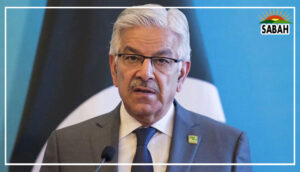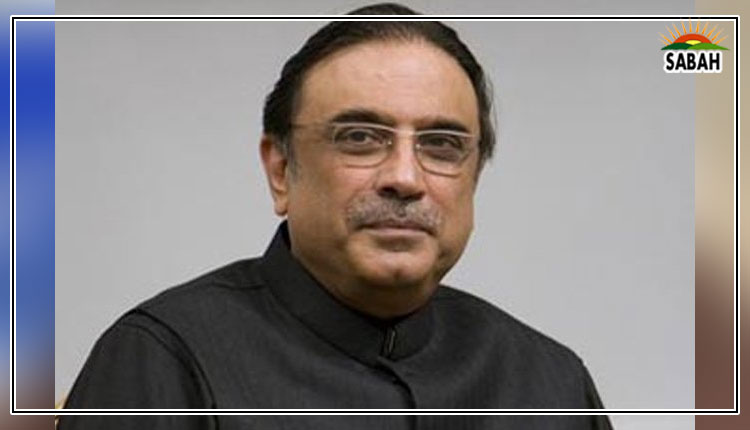Security challenges across South Asia….Syed Mohammad Ali
Home to nearly a quarter of the world population, South Asia has a complex historical context, immense regional diversity and contested national borders. It should not be surprising to note how this region faces some of the toughest conventional and non-conventional security challenges in the world today.
It is hard to deny the impact of colonisation across South Asia. The colonial legacy of the region remains a major cause of tensions. The bloody partition of the Indian subcontinent became the source of a protracted rivalry between India and Pakistan. The creation of two wings of Pakistan, separated by a hostile neighbour in the middle, proved utterly unfeasible. The hegemonic tendencies of West Pakistan made things worse and led to the acrimonious separation of Bangladesh from the rest of Pakistan.
Problematic colonial-era demarcations also sowed the seeds of an unresolved border dispute between Afghanistan and Pakistan. Kashmir, of course, remains a major source of rivalry and stress for the broader region, especially due to the threat posed by nuclear weapons.
In addition to cross-border disputes, both Pakistan and India have seen major ethnic and communal strife. Restiveness in Balochistan remains a major challenge for Pakistan as does the persecution of religious minority groups. While the Indian state has managed to contend with the Sikh separatist insurgency, it continues to face pressing challenges from Maoist rebels who are spread across various states, and from several other insurgent elements across Indias northeastern states. Hindu-Muslim tensions in India have also escalated significantly under the Modi regime.
Despite its secular and democratic aspirations, religious intolerance is a significant problem in Bangladesh today as well, despite the political chokehold of the Awami League, led by Mujeeb-ur-Rahmans daughter Sheikh Hasina.
The longstanding Tamil resistance to post-colonial Sinhalese domination in Sri Lanka was brutally crushed over a decade ago. Yet, Tamils and now other minorities such as Christians and Muslims remain susceptible to ethno-nationalist Buddhist majoritarianism, which may worsen amidst the socio-economic upheaval being experienced in the country.
The situation in Afghanistan is nowhere near stable. The increasing repression of the Taliban has made international recognition and support more difficult. Regional tussles for influence and the growing threat of the Islamic State are other issues undermining human security in this conflict-ridden country.
The growing influence of China across South Asia adds another layer of stress to the regional friction evident within and across South Asia today. The Sino-Indian border war in the early 1960s was perhaps the beginning of an ongoing rivalry between these two Asian giants. Alongside wooing Sri Lanka, Nepal, and Bangladesh, China has developed increasingly closer military and economic relations with Pakistan, especially after launching of CPEC. The unfolding impact of shifting US policies towards India to counterbalance China is fueling not only a Sino-Indian rivalry but also drawing Pakistan into the fray, which is having a tough time balancing its relations with China and the US.
Despite varied differences, both large and smaller South Asian states share vital natural resources which are confronting increasing climate threats. How climate-induced stresses will interact with existing tensions across the region is an issue of significant concern.
All South Asian states need to cooperate to better address regional climate-related challenges and to untap the economic potential of the broader region. Conversely, mutual suspicion and the pursuit of myopic agendas by populist national leaders will further undermine prospects of cooperation and instead enable external powers to manipulate regional states in the quest of their own strategic dominance.
Courtesy The Express Tribune












